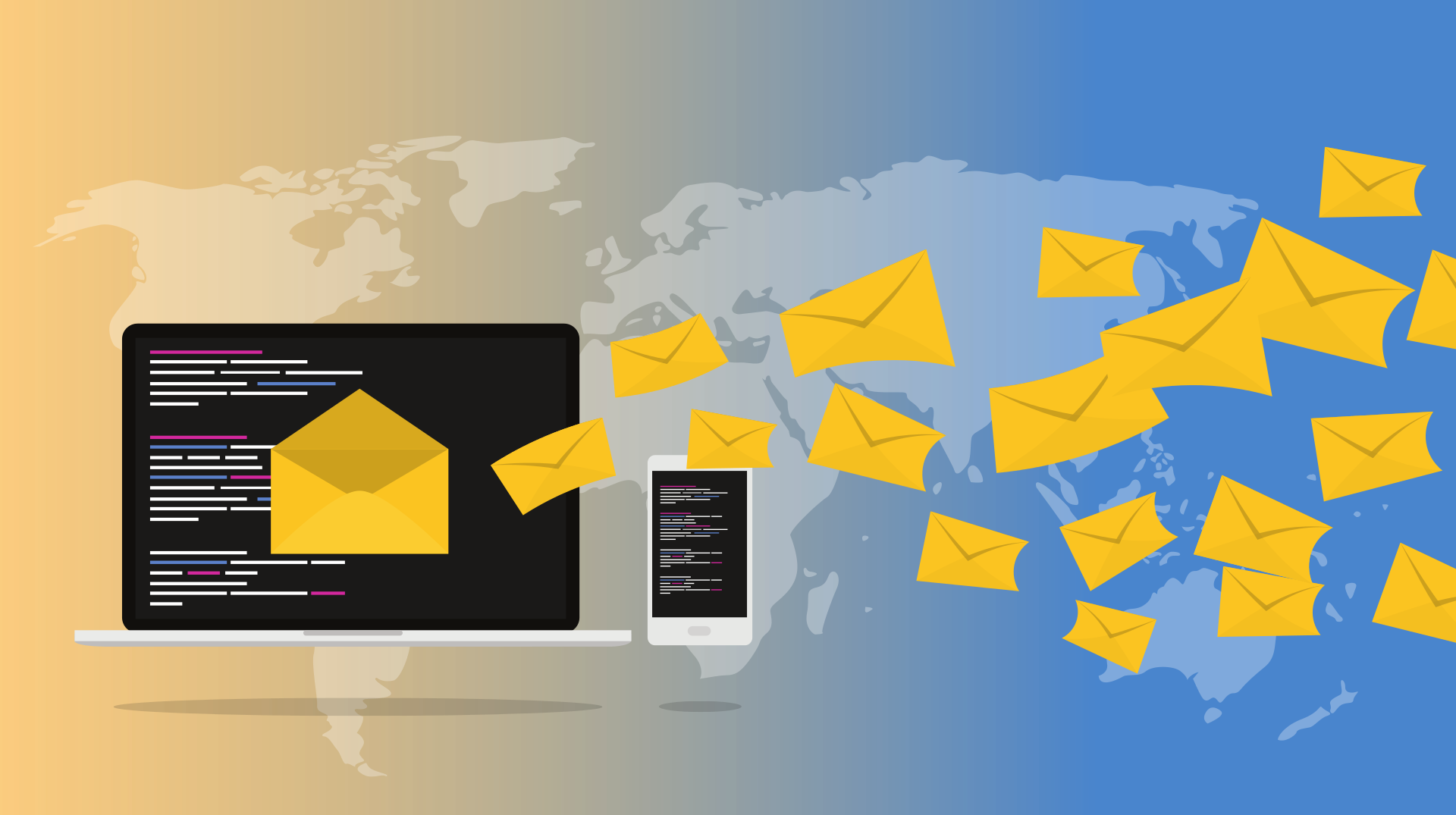
Although most people tend to think so, emails are not a private form of communication. Email security is especially important when it comes to work emails which technically belong to an employer. Employers often inspect emails as they pass through the company’s network and servers to lessen the risk of an attack, but there are still several steps end users and employers can take to improve email security.
Email security refers to all of the techniques used to secure the access and content of an email account. Email security falls on the end user and the company, and there are multiple measures both should take to enhance email security.
End users/individuals should follow the following best practices to ensure their email accounts are as secure as possible.
1. Create strong passwords with capital and lowercase letters, numbers and symbols.
2. Change passwords often. We recommend every 60-90 days.
3. Never share your passwords with anyone.
4. Never open attachments in emails from unknown senders. Attachments can contain viruses and malware that download onto your computer as soon as you open the attachment.
5. Always check the links in an email before clicking on it. You can do this by hovering over the link and making sure it’s going to valid URL.
6. Don’t send sensitive information via email.
7. Use spam filters.
8. Use anti-virus software and make sure you’re installing updates.
9. Don’t access your email using a public Wi-Fi connection. Public Wi-Fi is set up by someone setting up a network on a router and wherever that router goes, the Wi-Fi can be accessed. The router stores data from all computers who access that Wi-Fi connection giving hackers access to your login information.
1. Educate employees on email security best practices.
2. Require employees to use strong passwords.
3. Mandate passwords changes on a regular basis.
4. Implement tools to scan messages and block emails containing malware or other malicious files.
5. Use encryption software to protect sensitive emails when needed. For example, Microsoft Outlook offers an encryption option where both the sender and receiver must exchange digital signatures to confirm authenticity.
6. Implement a spam filtering system to decrease the number of possible malicious emails that reach your employees.
7. Limit messages by attachment type, if needed. For example, most people do not need to send or receive executable files via email, so you can block these types of email attachments.
8. Enable multi-factor authentication. Multi-factor authentication has users provide their username and password and then they are sent a one-time key, usually via text message, to input. This adds another layer of protection to accessing an account.
9. Update all software regularly. Updates often address security issues and installing updates regularly decreases your risk of being hacked and protects you from threats.
It only takes one compromised account for hackers to gain access to sensitive information. Using the tips above can greatly reduce the risk of your email account being compromised.
These Stories on Compliance